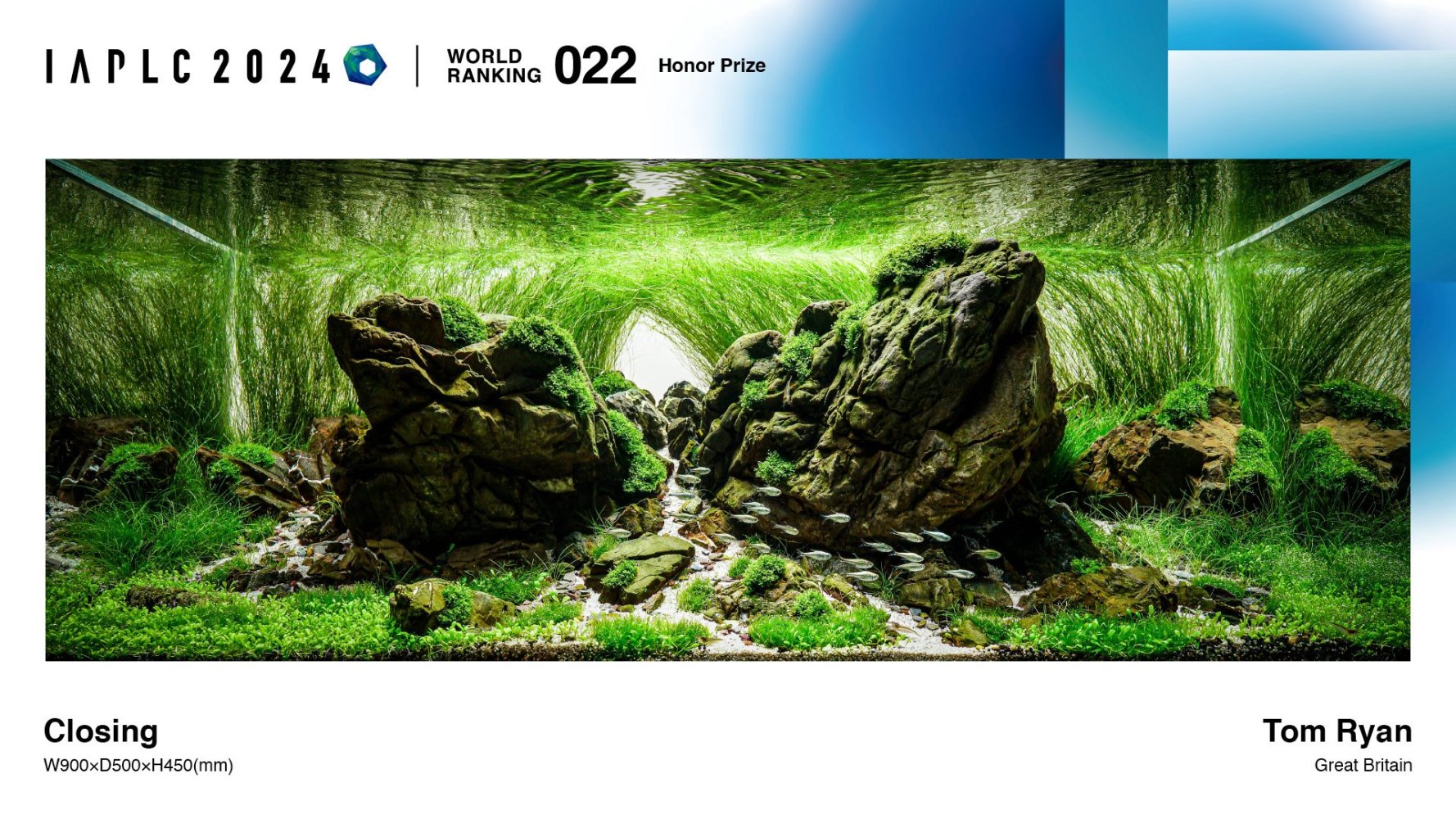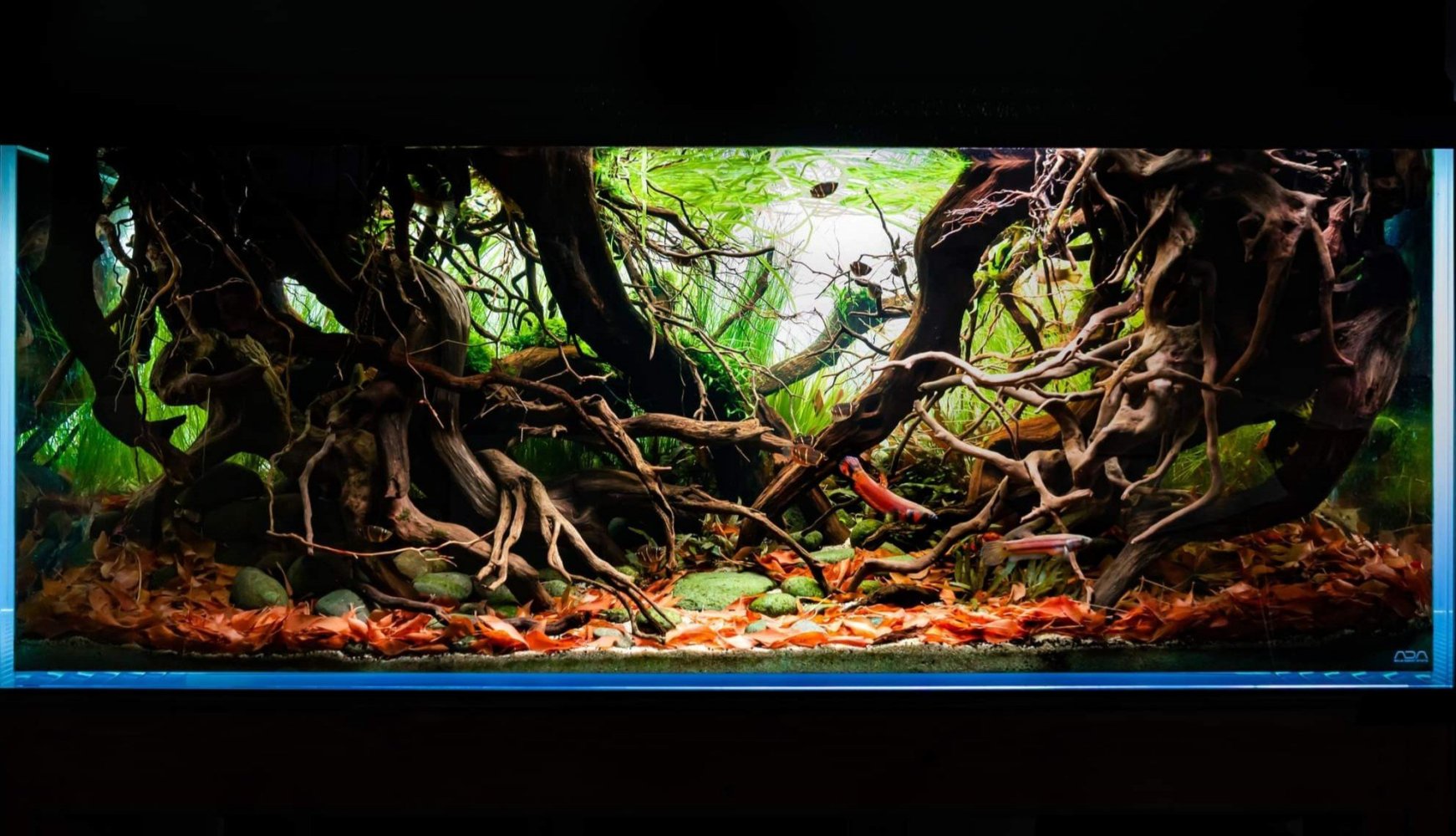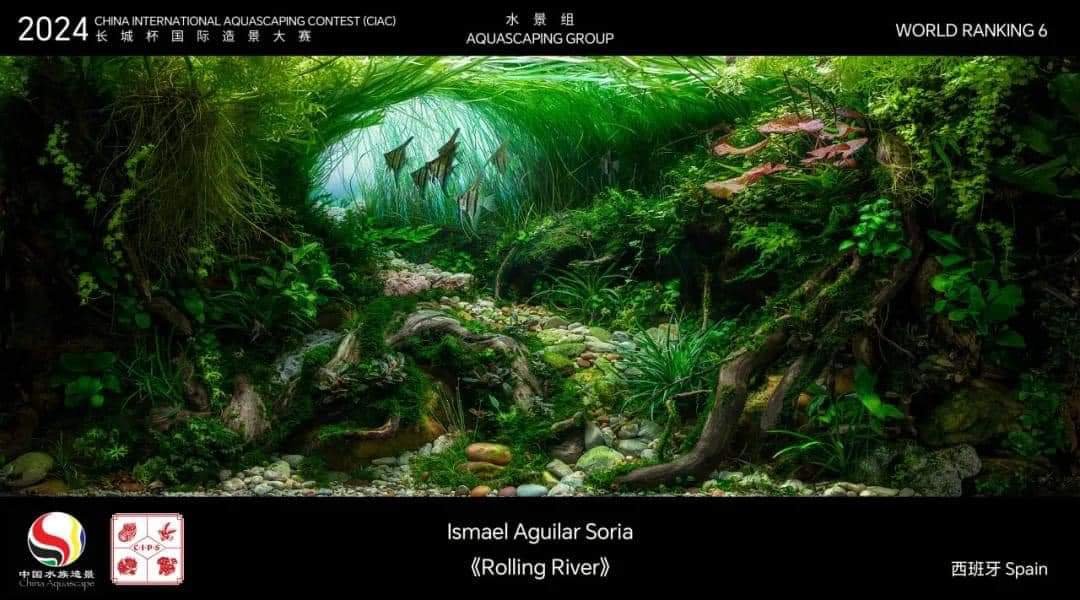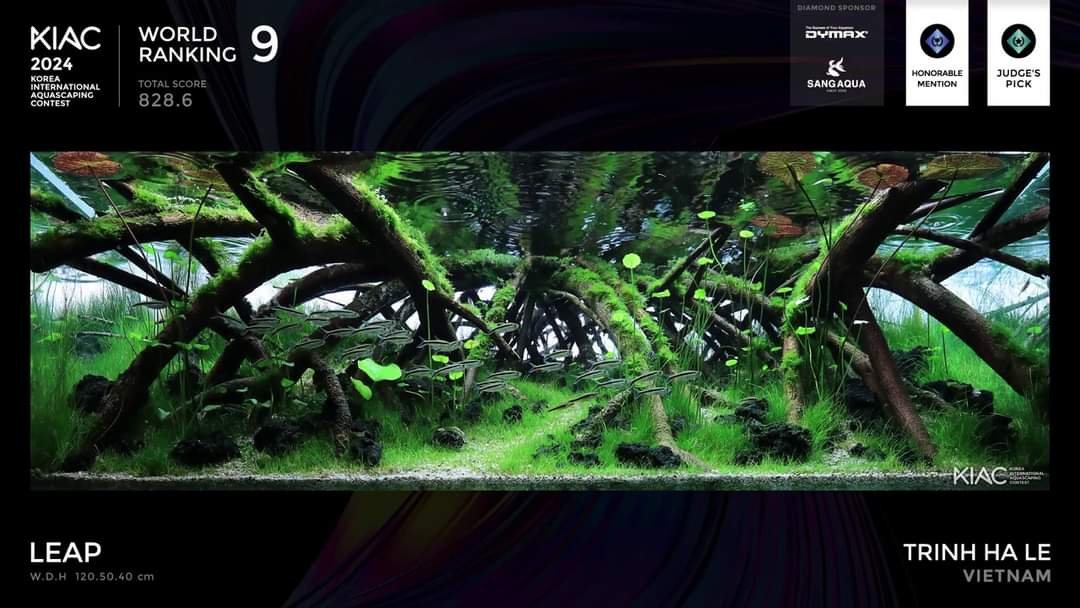1. PREPARATION
'the action or process of preparing or being prepared for use or consideration'
I'm by no means an experienced contest aquascaper (this is my third time entering the IAPLC contest after first getting into aquascaping 9 years ago, and fishkeeping many years before that!), so please do not take this series as gospel! This is purely my take on the aspects I find most important for a successful contest layout.
After taking my first step into the realm of contest aquascaping and the IAPLC three years ago, I had one goal: achieve a top 100 ranking. I knew it would take time and I wouldn't achieve this at my first, second or even third try, but as long as I improved every step of the way I knew I was on the right path. Contest aquascaping is definitely a marathon not a sprint and there's a reason many top aquascapers are also some of the most experienced! For those interested, my IAPLC history so far is set out below:
- IAPLC 2022 - #449
- IAPLC 2023 - #279
- IAPLC 2024 - #22
In this episode, I will touch on the importance of 1(a) TIME MANAGEMENT, the 1(b) AQUASCAPING COMMUNITY and the 1(c) NECESSARY EQUIPMENT required to have a successful 'contest' tank. For me, these things together make up my PREPARATION for my work.
Please note, the material in this journal is contest heavy! Nevertheless they are still principles that you can apply to any tank, whether for your own personal enjoyment or for contests. Let's get into it!
For me, the biggest difference between a scape and one dedicated to a contest is the first three topics of this series: PREPARATION, IDEOLOGY & CONCEPT EVOLUTION AND HARDSCAPE DESIGN. I see these three factors as the skeleton of any work and it amazes me the amount of time you can spend (or not spend!) on these three aspects if you don't get the timing right or if you don't have the right mindset when starting your work. Let's touch upon them in turn.
1(a) TIME MANAGEMENT
The IAPLC and other aquascaping contests are annual contests and have a deadline date for entries. For IAPLC, this usually runs from the start of April to the end of May.
Importantly, your final photo doesn't have to be taken during this period. In fact, the regulations of many contests (including the IAPLC) allows applicants to enter works with final photos taken within a year prior to the submission date. In effect, this means you can take your final photo on 1 April 2024 and enter it to the 2025 contest a year later. I definitely use this to my advantage. For me, the worst thing is the feeling of rushing my work! I will therefore usually start my IDEOLOGY & CONCEPT EVOLUTION at least 9 months before the entry deadline.
For example, in 'Closing' I had reset my previous work in January 2023 so I decided to get ahead of the game and work on my next layout around February 2023. The final photo was taken in November of that year, with a total of 5 month's spent on PREPARATION, IDEOLOGY & CONCEPT EVOLUTION AND HARDSCAPE DESIGN and 4 month's on PLANTING, MAINTENANCE & ADJUSTMENTS, PHOTOGRAPHY AND FINAL PHOTO. These are common timescales seen across the contest aquascaping community.
1(b) AQUASCAPING COMMUNITY
This is one of the most overlooked aspects in contest aquascaping and something that I have only recently realised the importance of. It is the number one factor to improve as an aquascaper, besides getting your hands dirty with hardscape designs!
It is a common misconception that contest aquascapers work alone in their own silos and don't share their work or interact with others along the way. Having spoken to many top aquascapers, including the likes of Josh Sim, Luca Gallaraga, Juan Puchades and Masashi Ono, it is clear that they all have a close-knit community of aquascapers to which they share their ideas and work with. Obviously this is on the proviso that no one copies their idea or publicises someone else's work before the result announcement. I guess it operates a bit like the MI5...secretive, with loyalty and trust, and no one stepping on someone else's toes...if you can put it that way!
For example, Japan (who are very much at the forefront of this approach to contest aquascaping) have dedicated aquascaping teams who meet on a regular basis to speak about aquascaping philosophy and their own work in order to elevate their skills and layouts. The same can be said in Spain and Brazil.
For me, this is one area where the UK is lacking and it would be great to see a similar community being set-up here in the future. Yes, we have the UKAPS forum with many great journals on philosophy etc., but we don't discuss recent contest layouts, critique contest works or go into the detail seen in other countries. I am confident that if we do, we will see more people taking part in contests, as well as a rise in many of the top ranks coming from the UK.
1(c) NECESSARY EQUIPMENT
This is more of a 'bread and butter' topic and I don't want to bore you with saying you require this or that piece of equipment. For there is a lot of information online which can provide recommendations on the equipment you need to grow aquatic plants well.
What I would say is, contest aquascaping is about being able to successfully grow aquatic plants above all else. For one, the IAPLC stands for the International Aquatic Plants Layout Contest! Whatever equipment you decide to use, I therefore strongly recommend that you master the use of light, Co2, filtration, fertilisation and water quality before embarking on taking part in contests. UKAPS is a great place to find this knowledge!
Having studied many top works over the years' and reviewing those with amazing hardscapes that in my view should be among the top ranks, the biggest thing that stands out between them is the quality of aquatic plant health. I guess that's why there has been controversy around the IAPLC, as many people only see the hardscape and think 'Wow' but forget about the importance of the rest of the judging criteria (something I will cover in the other topics mentioned above).
Yes, the theme, hardscape and overall complexion forms the skeleton of a work, but the plants are the paint pallete used to bring it all to life! 🎨🖌️🌱
For those who have kept reading and are still interested by this point, a full list of my equipment, plants and fish used in 'Closing' is set out below!
Tank Size: 90x50x45cm
Filtration: Oase Biomaster 600 & Eheim Experience 250, Seachem Purigen and Seachem Matrix
Lighting: ADA Solar RGB & ADA Lightscreen, turned on 6 hours per day
Material: Frodo/Elderly Stone
Substrate: ADA La Plata Sand, Aqua Soil-Amazonia Ver.2, Power Sand Advance M, Bacter 100, Clear Super, Tourmaline BC
CO2: Pressurised System, 5 bubbles per second via CO2 Art Inline Diffuser
Aeration: After the light is turned off using Lily Pipe
Additives: 2hr Aquarist APT Complete and APT Zero
Water change: 1/3 every other day
Water quality: Temperature: 23°C, pH: 6.4 TH: 30 mg/L using Reverse Osmosis water
Plants: Eleocharis Vivipara, Eleocharis Acicularis, Glossostigma Elatinoides, Riccia Fluitans, Riccardia Chamedryfolia
Fish: Hemigrammus Rodwayi
Part 2 on IDEOLOGY & CONCEPT EVOLUTION coming soon...













